If you are looking for an entertaining pet that is generally easy to care for, you can’t do much better than a hermit crab.
With the correct configuration of the tank, these small crustaceans will thrive.
They are small social creatures, active and fun that are a joy to see.
This is what you need to know about caring for a hermit crab.
Choose the correct size of the hermit crab tank
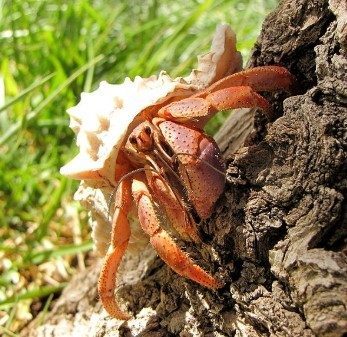
Many people assume that the small containers in which hermit crabs are sold is a suitable home, but that is not really the case. The truth is that hermit crabs need much more space to move.
A 10 gallon aquarium is the smallest size enclosure you should use. If you have 1 or 2 small hermit crabs, this is the ideal size.
If you have more than 2 or if your hermit crabs are particularly large, you should use an aquarium that has at least 30 gallons.
Getting the right size tank is really important. In addition to giving hermit crabs the room they need, it also prevents them from escaping. Your tank must have a lid.
If you live in a warm and humid environment, a mesh lid will work, but if your house cools and dries, Plexiglas is the best.
Setting up a hermit crab tank
There is much to consider when setting up a tank for your hermit crab.
In fact, it is very important that the tank is installed before you bring your new pet home. That way, you can make sure everything is perfect before putting your hermit crab inside.
These are the main things to consider when setting up a hermit crab tank.
Temperature and Humidity of the Hermit Crab
When you consider that the natural environment of a hermit crab is on the shore, it makes sense that the temperature and humidity are so important.
Humidity levels are very important. Hermit crabs breathe through the modified gills but need moist air so they don’t dry out. If their gills dry, they won’t be able to breathe.
Your tank must be of tropical nature with a relative humidity of 70% or a real humidity of 50% or more.
Because moisture is so important, it is not enough to guess what it is. The life of your hermit crab depends literally on it, so it is essential to have a hygrometer to closely monitor moisture levels.
Some easy ways to do this are to keep the substrate moist but not wet. If you configure your tank as a coastline with the substrate tilted down, you can recreate its natural environment by leaving the elevated area dry and the lower area moist.
It is also a good idea to spray the tank every day and make sure you have a Plexiglas lid in place if you have a mesh lid and discover that too much moisture is leaking.
Another thing you can do is add an aerator to your water bowl. This involves obtaining an air pump, tubes and air stones that you would use for an aquarium to circulate the water in the container. An additional advantage is that this will also prevent the water from pooling.
The temperature is also important. Too high and they will suffer heat damage, too low and their metabolism will slow down, which can cause irreversible damage.
If you live in a cooler environment, keep your hermit crab tank away from the window, especially in the winter. You will have to add heat lamps and/or tank heaters to maintain the proper temperature, which should be around 75 degrees F at all times.
As with humidity, guessing what the temperature is not enough. You will need an accurate thermometer for constant monitoring.
Hermit Crab Substrate
The best substrates for hermit crab tanks are sand or coconut fiber. There are two reasons for this.
First, they are easy to clean. Second, they are similar to the natural environment of the crab, so it allows them to dig, make tunnels and borrow.
In regards to sand, you can use common play sand or invest in special sand for terrariums. Because coconut fibers are a bit easy to get through, some hermit crabs own a mixture of both.
Be sure to avoid substrates that do not allow them to dig, such as wood chips or gravel.
Decoration Hermit Crab, Plants, Hide and Seek
Hermit crabs are small active creatures that love to climb, bury and hide.
By providing them with the right kind of decoration, you can create an environment that is close to nature, that will keep them happy and help them avoid boredom.
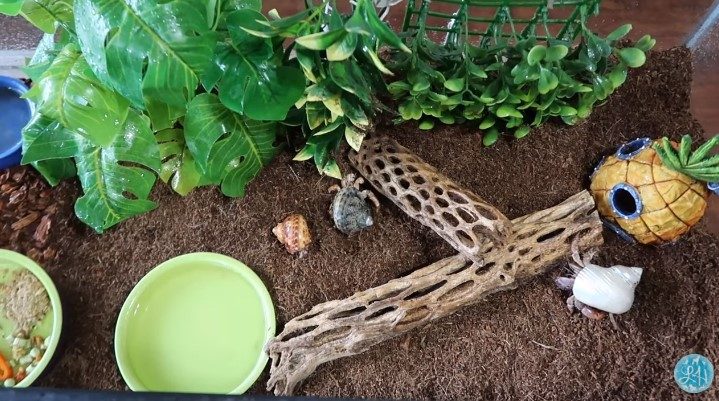
You should always have additional shells in the tank for the crab to use when you are ready to change the habitats.
These housings should be the same size or slightly larger than the one you are currently using. About 3 different shells per crab are ideal.
These are some of the things you can safely add to a hermit crab tank:
- Shells
- Twigs and branches
- Ceramic pots or figurines
- Fake plants
- Wooden or plastic shelters.
- Driftwood
Water Hermit Crab
Hermit crabs require access to fresh and saltwater. Give your hermit crab a bowl of each, making sure it is large enough that each crab in the tank is submerged and easily accessible.
This means that if you have a very large crab and some smaller ones, the bowl should be large enough to accommodate the larger one. If smaller crabs have a hard time getting out, put some sea sponge or shell in the water to give them something to use as a bridge if necessary.
For freshwater, make sure it is dechlorinated. Chlorine in tap water is harmful to hermit crabs, so use dechlorination drops if you plan to use tap water. You can also use bottled water, but that can be expensive over time.
As for saltwater, use the same type of water you would put in a tropical aquarium. You can buy aquarium salt at the pet store and add it to freshwater to do it, but, whatever you do, don’t use table salt. Table salt contains iodine that is harmful to hermit crabs.
Hermit crabs use this water for several reasons. They use fresh water to drink and alternate between fresh and saltwater for their shell according to their needs. Shell water is used to hydrate its gills and control salinity by switching between fresh and saltwater.
One more thing, hermit crabs are extremely sensitive to metal, so all water containers must be plastic or ceramic.
Hermit Crab Lighting
The lights can be really beneficial for a hermit crab tank. First, they are an easy way to help you maintain the temperature, but they can also reduce humidity, so it can sometimes be a delicate balance.
The best way to use lights in a tank is to recreate a day and night cycle similar to what your hermit crab would experience in the wild.
You can use fluorescent bulbs that emit UVA and IVB light to create sunlight and use the time to turn on the light properly.
Fundamentals of feeding hermit crab
The best way to understand what to feed a hermit crab is to consider what they eat in nature. Hermit crabs have access to a variety of foods, including fruits, leaves, plants, grasses and anything that is grounded. They are not demanding and eat almost anything.
Does that mean you can feed them almost anything?
Do not! While the exact nutritional requirements of a hermit crab are not known, we do know some of the things they need. For example, they thrive on a diet rich in calcium, carotene and antioxidants.
Feed your hermit crab with a diet rich in fresh fruits and vegetables, meat, nuts, seeds and fish. Unprocessed foods are essential and you can even add some oak leaves or tree bark.
If you provide your hermit crab with a complete diet, you may not need to use commercial crab food.
Hermit Crab Mate
The best tank mate for a hermit crab is another hermit crab or several hermit crabs. They are social creatures and live in large groups in nature.
In fact, when it comes to adding more hermit crabs, the more, the better, as long as they can fit comfortably in the tank.
Apart from hermit crabs, there aren’t many things that you can add to your surroundings. Other crabs, such as fiddler crabs, are too aggressive to be kept with hermit crabs when they are moving. As for snails, hermit crabs are likely to attack them.
Isopods are an option. Isopods are crustaceans that can grow quite a bit in nature, but small varieties can work well with hermit crabs.
Conclusion
Hermit crabs are large pets that thrive in the correct configured tank. They are social animals that live in large groups in the wild, so it is better that they live in pairs if not larger groups in an aquarium.
While caring for hermit crabs is not too complicated, they are a bit more difficult than their reputation makes them.
Follow the information in this guide to find out how to establish a safe and happy home for your new pets and you’ll soon see why hermit crabs are such an interesting addition to your family.
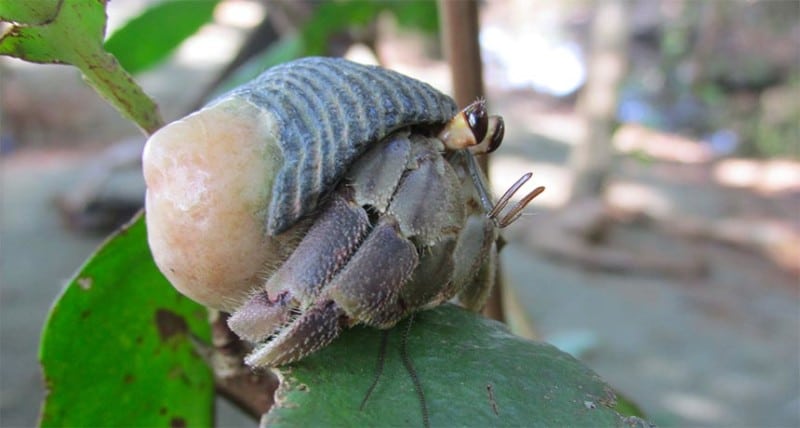
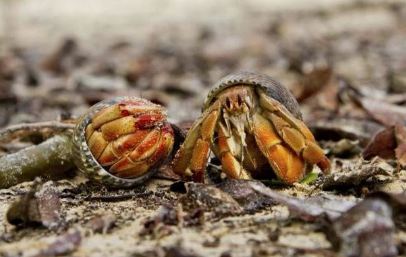
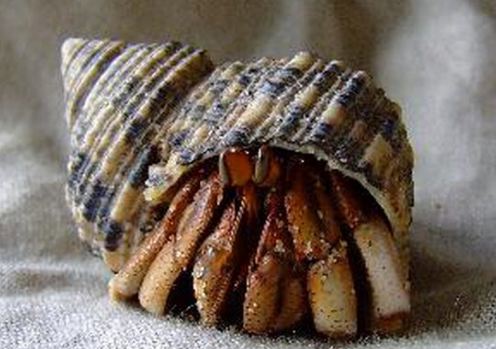
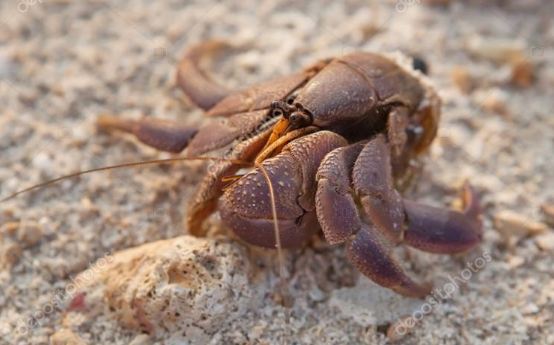
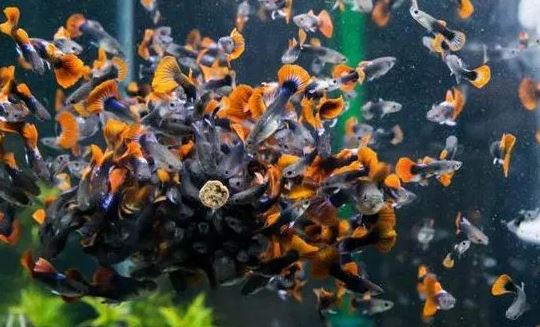
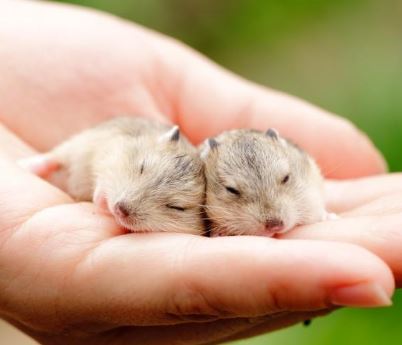
Leave a Reply
You must be logged in to post a comment.